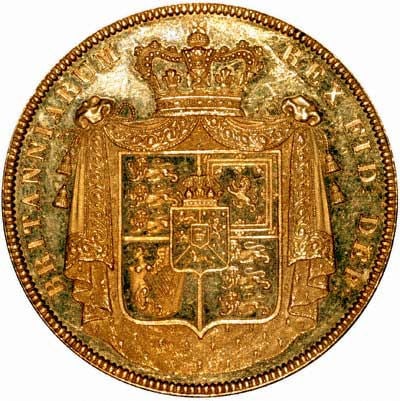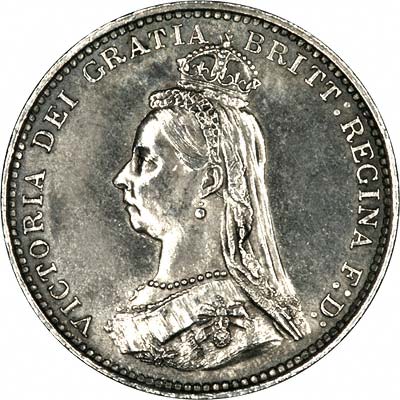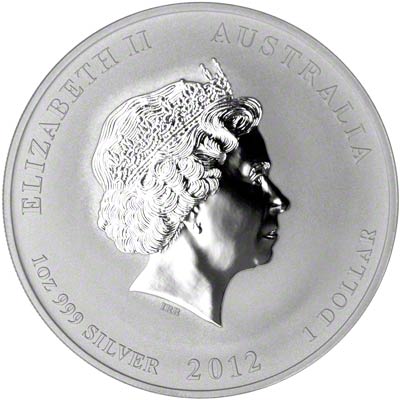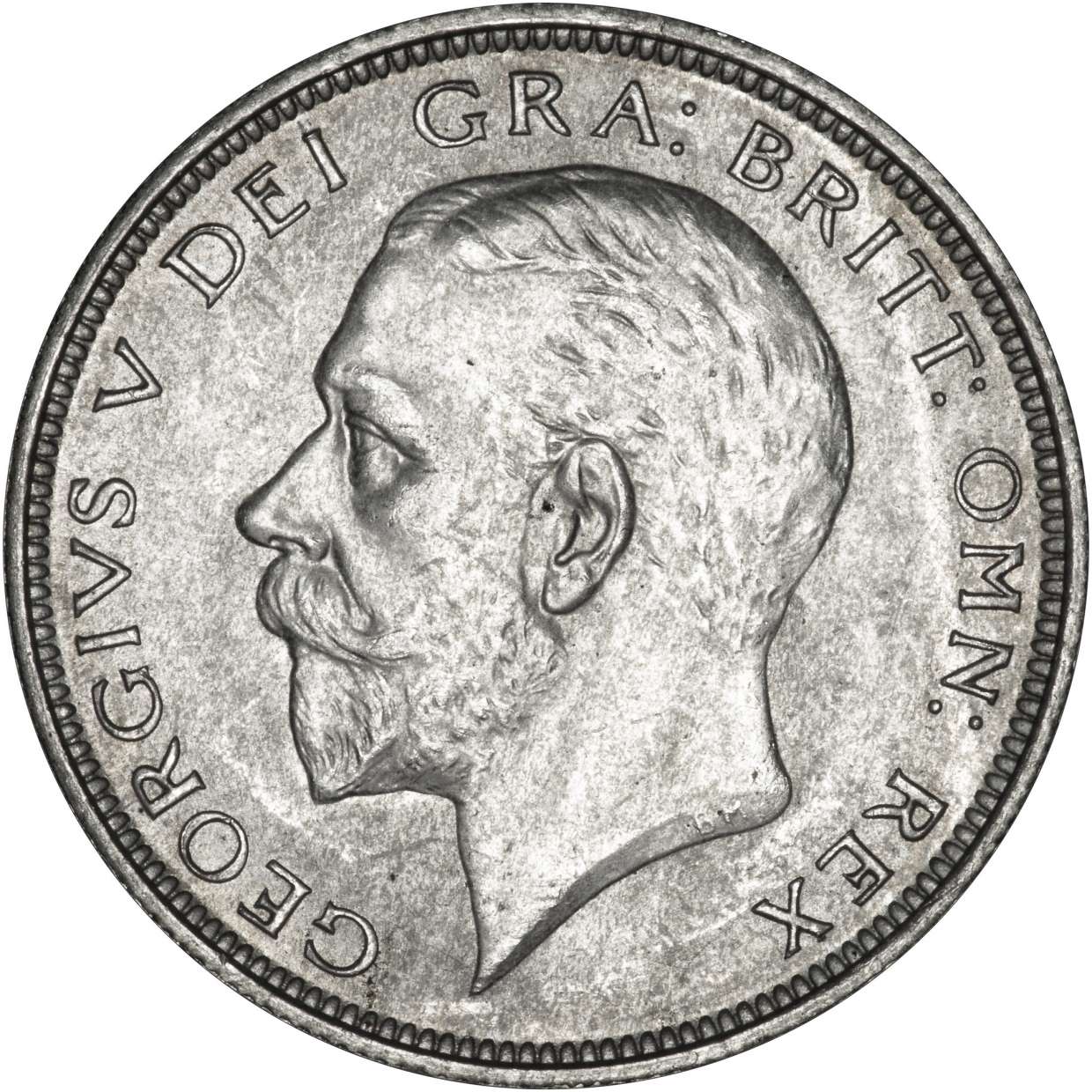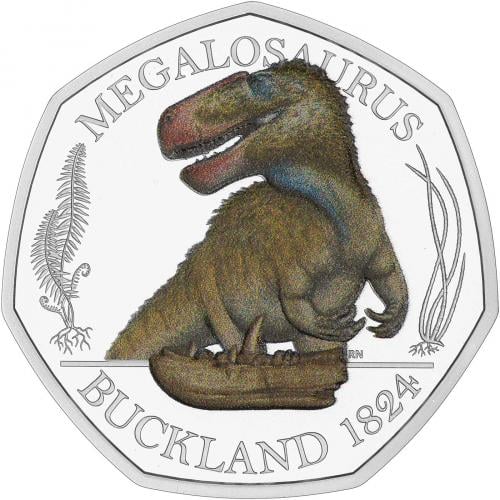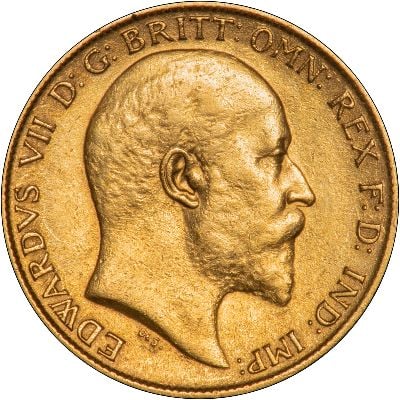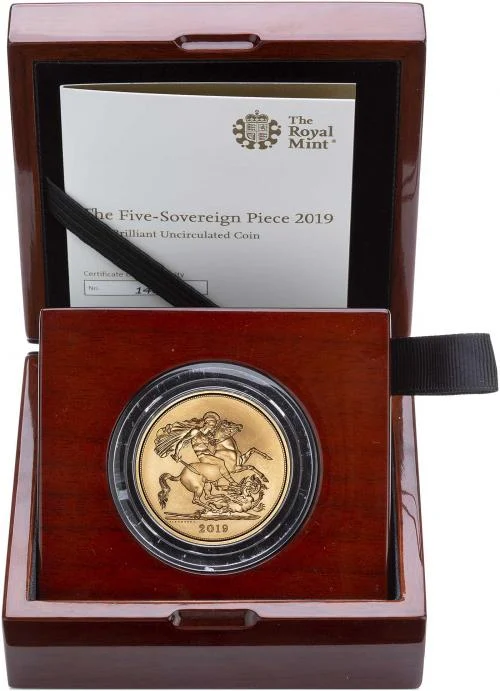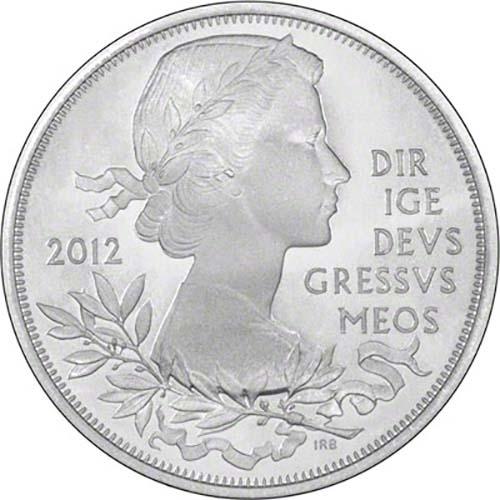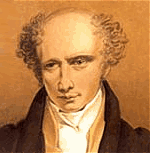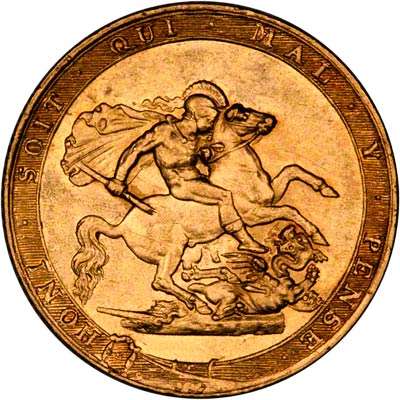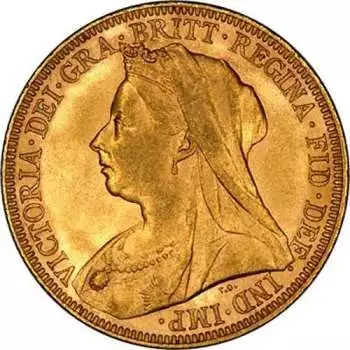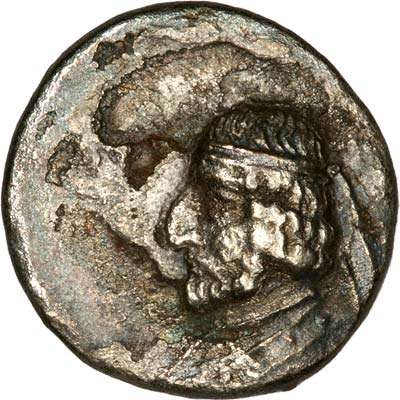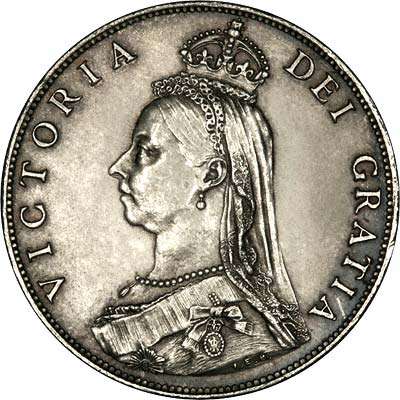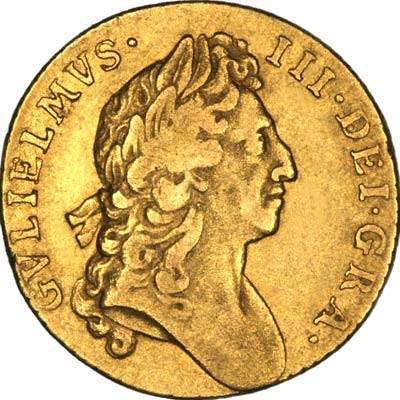Royal African Company Provenance Marks on British Coins
Synopsis
Provenance marks on English/British coins are unusual, but not unknown. There are several different provenance marks which indicate the source of the metal used to strike certain coins.
An 'elephant' mark below the King's portrait denotes gold supplied by the Royal African Company

The Royal African Company
The original company was founded in 1660 as 'The Company of Royal Adventurers Trading to Africa' by Charles II, who was restored to the throne in that year. The Company ensured profits by excercising a monopoly on the trade from the West African coast. It enforced this trade monopoly by seizing other English merchant ships who tried to trade illegally with the locals.
The original company collapsed in 1667 when England lost the Second Anglo-Dutch war, which the company had helped to provoke by attacking nearby Dutch merchant outposts. Re-Emerging in 1672, the Company merged with the Gambian Merchants Company to form the Royal African Company.
The Slave Trade
In addition to mining gold and silver, the Company's most important trade 'good' was in human beings. Manufactured goods were traded with local chieftains in return for captured fellow Africans, who were transported across the Atlantic to supply the new world with cheap labour. Millions of Africans were traded this way between 1672 and the end of the company's involvement in slaving in 1731.
Origin of the Guinea
The Guinea, originally a gold coin tarrifed at 20s (but eventually fixed at 21s) was so named because much of the gold used to strike these originated in or around Guinea. Coins struck from gold mined in this region (or nearby) the Royal Africa Company's logo (the Elephant or Elephant and Castle) underneath the King's portrait. Coins struck with these provinance marks were issued between 1664 and 1726. The Company itself was finally dissolved in 1752.

Other Provenance Marks
Other provenance marks used on British coins were:-
| Mark | Origin |
| Plumes / Feathers | Wales |
| Roses & Plumes | Company for Smelting Down Lead with Pit Coale and Sea Coale |
| Roses | Silver from the West of England Mines |
| WCC | Welsh Copper Company |
| SSC | South Sea Company |
| LIMA | Lima, Peru |
| VIGO | Captured from the Spanish at the Battle of Vigo Bay |
We also have a page dedicated to Provenance Marks on British Coins
If you want to find the value of a coin you own, please take a look at our page I've Found An Old Coin, What's It Worth?
Related Blog Articles
This guide and its content is copyright of Chard (1964) Ltd - © Chard (1964) Ltd 2024. All rights reserved. Any redistribution or reproduction of part or all of the contents in any form is prohibited.
We are not financial advisers and we would always recommend that you consult with one prior to making any investment decision.
You can read more about copyright or our advice disclaimer on these links.



